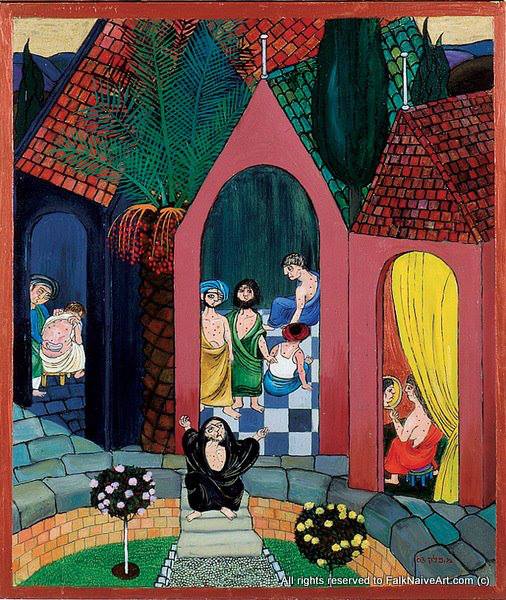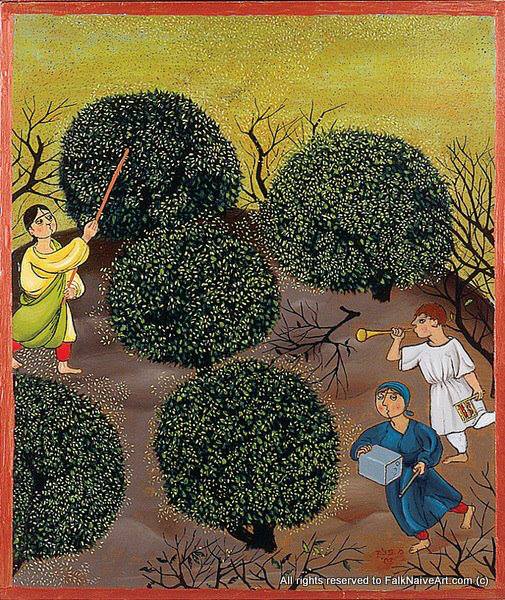Torah Study Date
Saturday, June 24, 2023
Verses Covered
Exodus (Sh’mot) 9:5-9:16
Next Session
Saturday, July 1, 2023
Starting at Exodus 9:17
Last week we began with Marilyn Wasserman telling us about the ancient Egyptian leaders’ central role in creating Ma’at (order or harmony) and dispelling Isfet (disorder or chaos). We discussed Pharoah, in our current readings in Exodus, failing to do that because the plagues create disorder and chaos. We also discussed anachronisms in the story (such as the mention of camels).
We discussed the plague of livestock hitting at a specific time set by YHVH and not hitting even one of the Israelite livestock while all of the Egyptian livestock died. We noted that when Pharoah saw this, his heart became heavy and he would not send off the Israelites. We noted the repetition of ‘heavy’ (heavy heart, heavy pestilence). We commented on the karma of the soot being thrown into the air and the bricks from which it came (symbolizing Israelite slavery), meaning when you enslave people, it will come back and affect you. We noted the soot was causing boils on human beings and beasts. The magicians, we saw, cannot even face Moses because they were covered with boils.
We noted that YHVH hardens Pharaoh’s heart; that this, the sixth plague, is the first time YHVH is specifically the one named as causing Pharaoh’s heart to harden; and that Pharaoh would not listen, just as YHVH had said would happen. We discussed R. Sara’s idea that the severity of it all reflects the severity of the four hundred years of slavery the Egyptians had inflicted. A set of strong and visible punishments for a severe and long-lasting set of wrongs.
We noted YHVH telling Moses to tell the Egyptians to send the Israelites off (which we prefer to ‘let the Israelites go’) to worship YHVH or YHVH will send plagues on their person (which he could have done with the pestilence—it could have been a human pestilence, not a livestock pestilence, one that would have annihilated them). Instead, he kept them alive in order to show them his power and spread his fame throughout the earth. Following R. Sara’s idea, we noted that the goal was to show YHVH’s power and spread YHVH’s fame. We could call YHVH a godfather kind of god. Or we could compare the Egyptians’ relation to the Israelites to the Nazis’ relation to European Jews (where strong punishment would not seem excessive).
Along the way, we discussed these views: maybe the plagues were meant to prove God’s power to the Israelites not just the Egyptians, given that the Israelites had been enslaved for so long, R. Myra suggested; three words are used for boils, R. Sara pointed out; ‘god of the Hebrews’ is used first at 9:1 and also here at 9:13; ‘plagues’ is first used at 9:14; ‘piach’, the word for soot, also means ‘breath’; Everett Fox translates the Hebrew imperfect as future tense.
Our artwork this week is by German Israeli Jewish artist, Michael Falk (1929- ), Plague of Boils (above), and Plague of Locusts (below). Falk and his family moved from Germany to the US and, later, Falk himself moved to Israel where he lived the rest of his life. A trained artist, he worked as a farmer as well, and, on retirement, turned entirely to his artwork. The painting of the Plague of Boils shows how everyone was affected by it, the woman looking in the mirror and seeing how it makes her look, the man salving another’s back, and another person seemingly scratching another’s back. The painting of the plague of locusts shows different ways people tried to get rid of the locusts, by hitting the ones in the trees with a stick, by making a loud trumpet sound, and by capturing them in a box.


